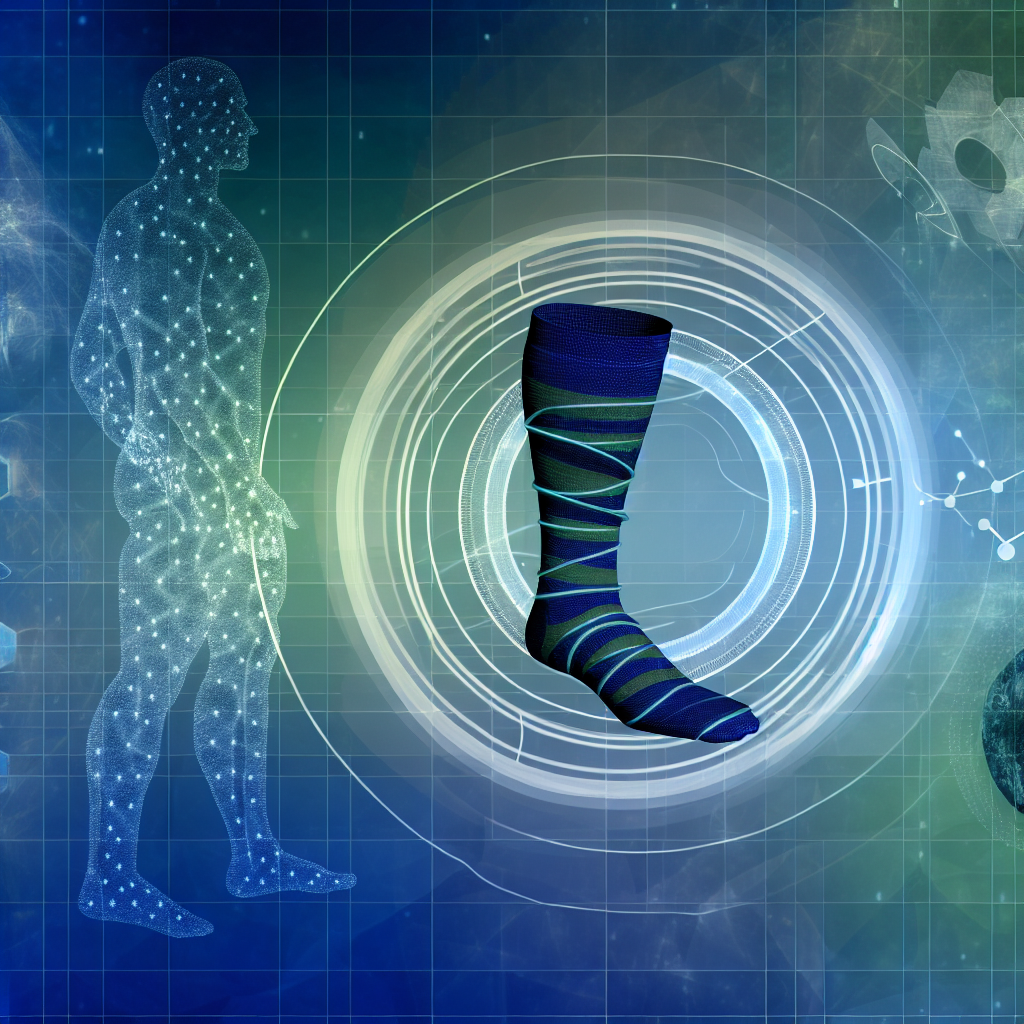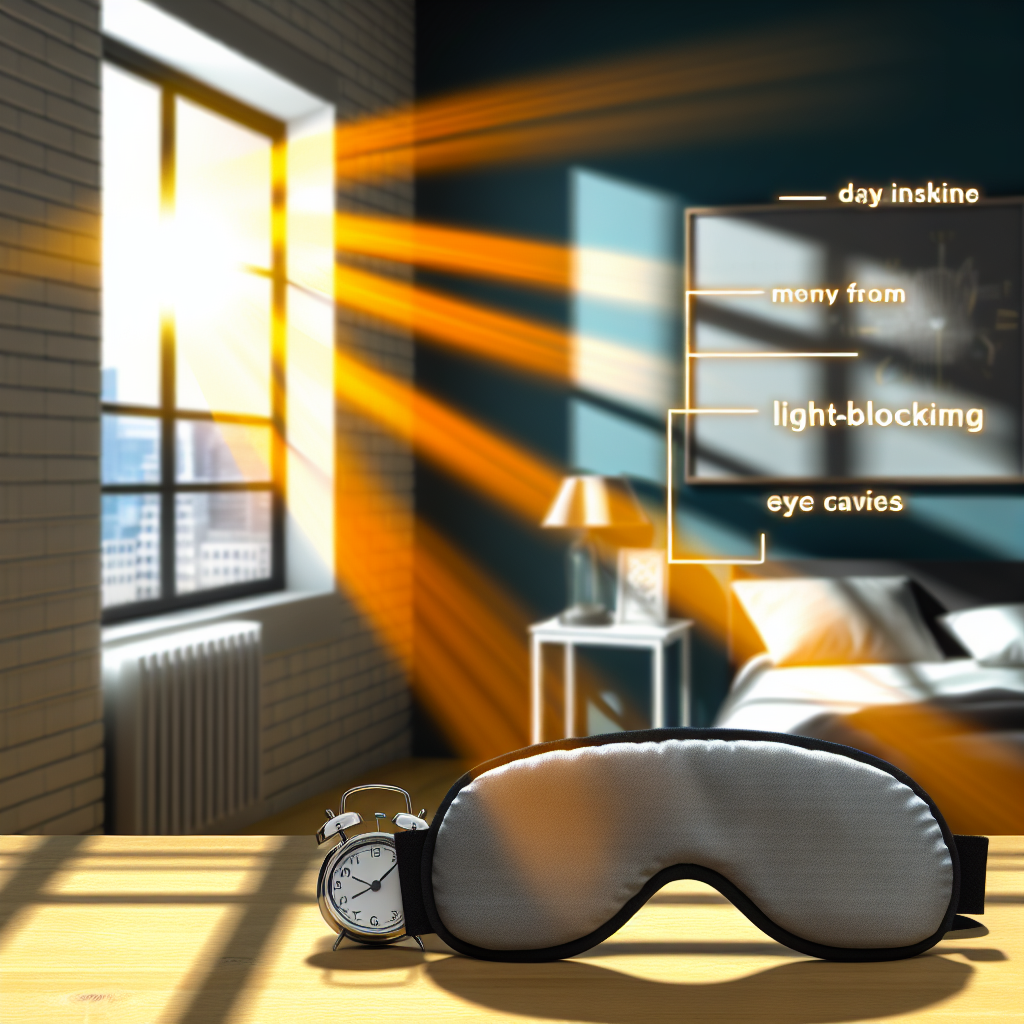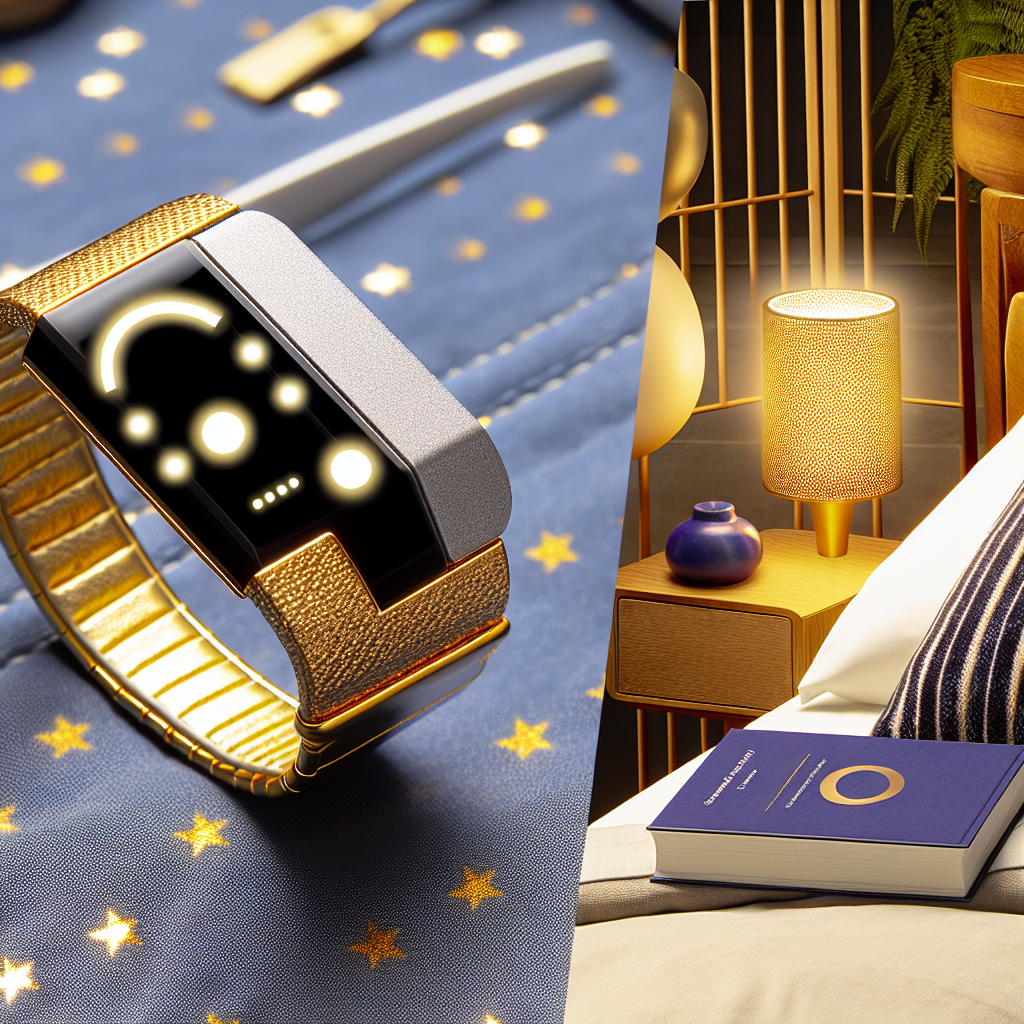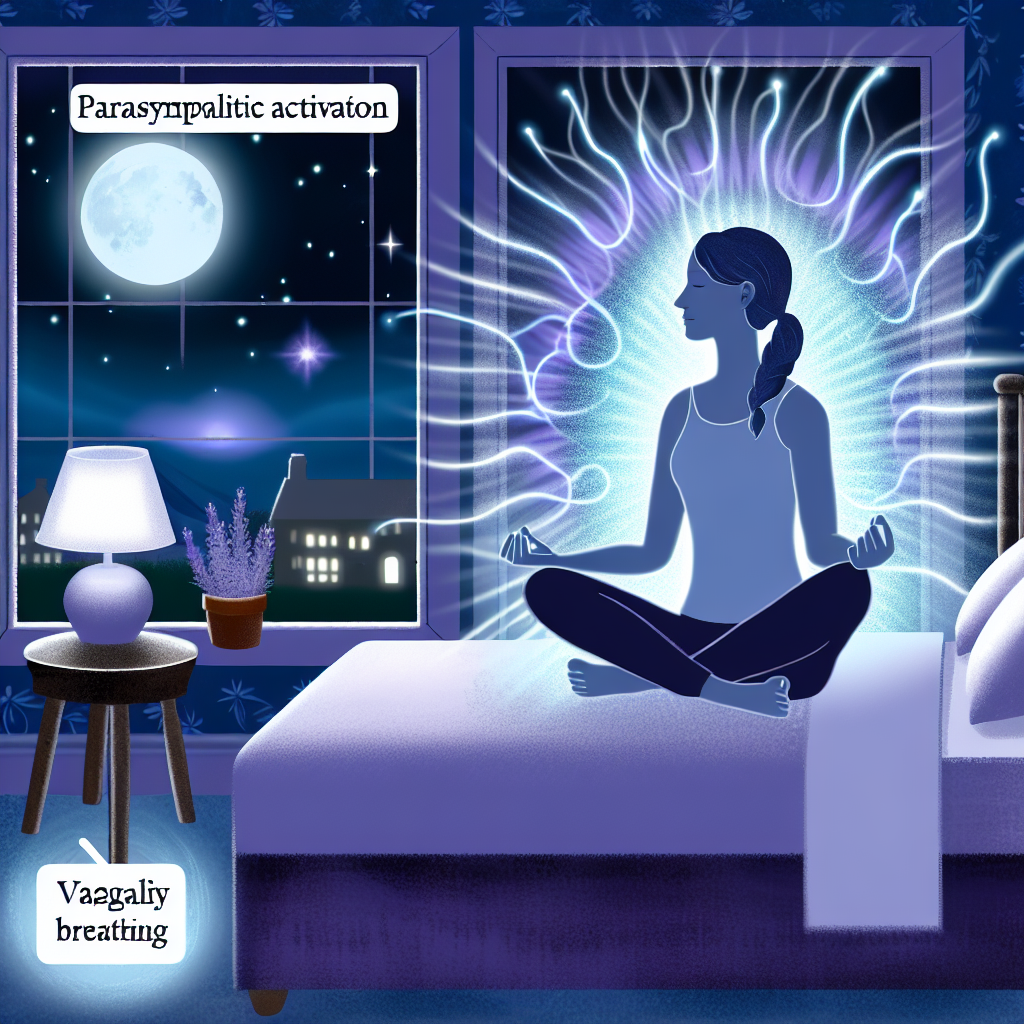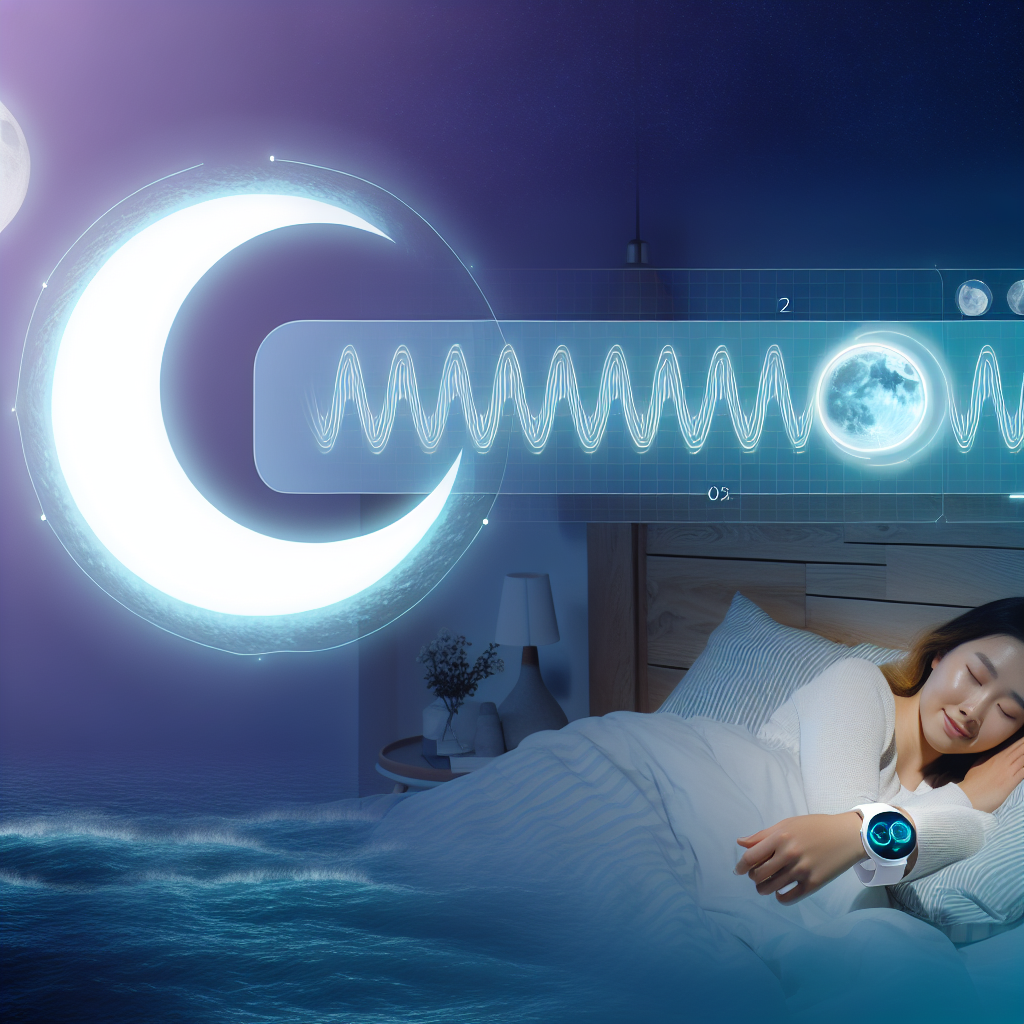Here is the cleaned up WordPress blog post:
How Weighted Compression Socks May Help Manage Periodic Limb Movement Disorder
Sleep is essential to overall health, yet millions of individuals experience disruptive sleep due to conditions that often go undiagnosed. One such disturbance is Periodic Limb Movement Disorder (PLMD), a condition marked by involuntary flexing or jerking of the limbs during sleep, most commonly the legs. Fortunately, a non-pharmacologic innovation—weighted compression sock technology—may offer relief.
Understanding Periodic Limb Movement Disorder (PLMD)
PLMD is characterized by involuntary, repetitive leg movements during sleep. These movements can occur every 20 to 40 seconds and persist for hours, disrupting sleep cycles and leading to fatigue, irritability, and cognitive impairment. Because these movements occur during sleep, patients may not realize they are happening unless informed by a sleep partner or discovered during a formal sleep study.
Unlike Restless Leg Syndrome (RLS), which occurs while awake and at rest, PLMD manifests during sleep and impairs the ability to achieve deep, restorative rest. This disorder can occur independently or in conjunction with conditions such as Parkinson’s disease, narcolepsy, diabetes, or kidney disorders. While the exact cause of PLMD remains unclear, possible contributors include dopamine imbalance, low iron levels, and chronic illness.
Traditional treatment options include dopaminergic medications, improved sleep hygiene, and lifestyle interventions. However, pharmacologic treatments may come with uncomfortable side effects and are not always effective. This has led to increasing interest in alternative therapies—particularly wearable technologies like weighted compression socks.
Innovation Meets Comfort: The Rise of Weighted Compression Sock Technology
Originally used in improving blood circulation and alleviating RLS symptoms, weighted compression socks are now gaining traction as a promising treatment for PLMD. These innovative garments combine two therapeutic principles: compression therapy and deep pressure stimulation (DPS).
By applying evenly distributed weight and pressure to the lower limbs, these socks may provide calming sensory input, helping stabilize the nervous system and reduce involuntary limb activity. The compression enhances blood flow and proprioception, while the added weight mimics the soothing effect of swaddling, a technique long known to promote stillness and comfort.
What the Science Says: Studies Supporting Weighted Compression Socks and PLMD
Although studies specific to PLMD and weighted compression socks are still limited, a growing body of research highlights the potential benefits of deep pressure stimulation and compression garments on neuromuscular control during sleep.
- Sleep Medicine Reviews published an article examining how tactile input affects motor disorders during sleep. Their findings suggest that gentle, sustained pressure can significantly reduce involuntary motor activity—an insight that aligns well with the goals of weighted sock therapy.
- The American Journal of Occupational Therapy (AJOT) explored the calming effects of deep pressure on the nervous system. Though the study focused on children with sensory disorders, results showed decreased heart rates and improved parasympathetic activity—effects that could translate to fewer nighttime limb movements in adults with PLMD.
- A 2021 pilot study in Frontiers in Neuroscience reported up to 40% fewer leg movements during sleep among participants wearing weighted pressure garments compared to a control group. While sample sizes were small, the reduction in motor events was encouraging.
- Compression in Rehabilitation: Historically, compression garments have helped athletes and patients improve proprioception and control over involuntary motor impulses. Applying this approach during sleep may help modulate the hyperactivity of the motor pathways commonly seen in PLMD.
- Preliminary Results from the University of Pennsylvania Sleep Center show promising data from an ongoing clinical trial on weighted compression therapies. Participants reported improved sleep quality, faster sleep onset, and reduced nighttime awakenings after 30 days of use.
A Non-Pharmaceutical Path to Better Sleep
Weighted compression sock technology stands out as a non-invasive, drug-free solution in the landscape of PLMD treatment. By offering deep pressure stimulation while enhancing circulation and body awareness, these wearable tools may help calm overactive neurons and reduce the frequency and severity of sleep-disrupting limb movements.
Individuals living with PLMD—and their bed partners—stand to benefit not only from better sleep hygiene but also from improved daytime energy, mood, and concentration. While more large-scale, randomized trials are necessary, early evidence supports incorporating these socks into a comprehensive treatment plan that may also include iron supplementation, CBTi (Cognitive Behavioral Therapy for Insomnia), and other physician-recommended therapies.
Conclusion: A Step Toward Restful Nights and Restored Energy
Periodic Limb Movement Disorder impacts quality of life in significant but often invisible ways. Traditional pharmacologic treatments can be effective, but may carry side effects and inconsistent results. Weighted compression socks represent an exciting, evidence-backed advancement in the treatment of PLMD—one that harnesses simple yet powerful therapeutic techniques like deep pressure stimulation and compression therapy.
Easy to incorporate into a nightly routine, weighted compression socks provide an accessible and comfortable solution for those seeking effective relief from restless legs and nighttime limb movements. As research continues to emerge, these wearable therapies may reshape the standard of care in sleep medicine.
References
- American Academy of Sleep Medicine. Periodic Limb Movement Disorder.
- Sleep Medicine Reviews: “Sensory Modulation and Motor Control in Sleep Disorders” (2019).
- The American Journal of Occupational Therapy (AJOT). “The Effects of Deep Pressure on Anxiety and Sleep Disorders.”
- Frontiers in Neuroscience. “Pilot Study on Compression Wearables and Sleep Movement Disorders” (2021).
- University of Pennsylvania Sleep Center. Clinical Trials on Deep Pressure Therapies.
- National Institutes of Health (NIH). Periodic Limb Movement Disorder.
Clean Post Summary:
Periodic Limb Movement Disorder (PLMD) is a sleep disorder characterized by involuntary leg movements that can disrupt sleep. While traditional treatments like medications may have side effects, weighted compression socks offer a non-pharmacological solution. These socks use deep pressure stimulation and compression to calm the nervous system and reduce limb movements. Emerging research suggests weighted compression socks can significantly improve sleep quality for those with PLMD, making them a promising therapy to incorporate into a comprehensive treatment plan.

Dominic E. is a passionate filmmaker navigating the exciting intersection of art and science. By day, he delves into the complexities of the human body as a full-time medical writer, meticulously translating intricate medical concepts into accessible and engaging narratives. By night, he explores the boundless realm of cinematic storytelling, crafting narratives that evoke emotion and challenge perspectives.
Film Student and Full-time Medical Writer for ContentVendor.com
